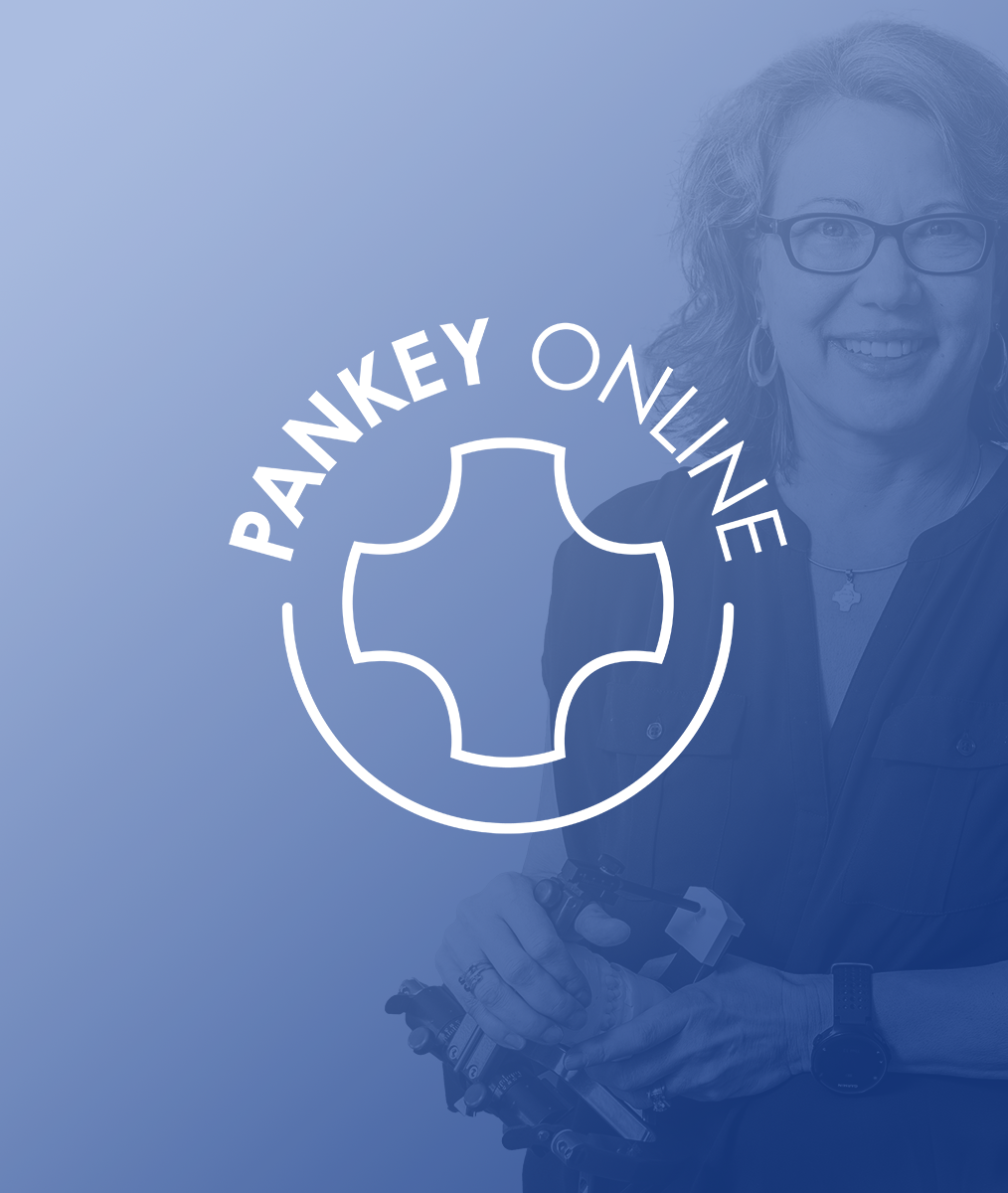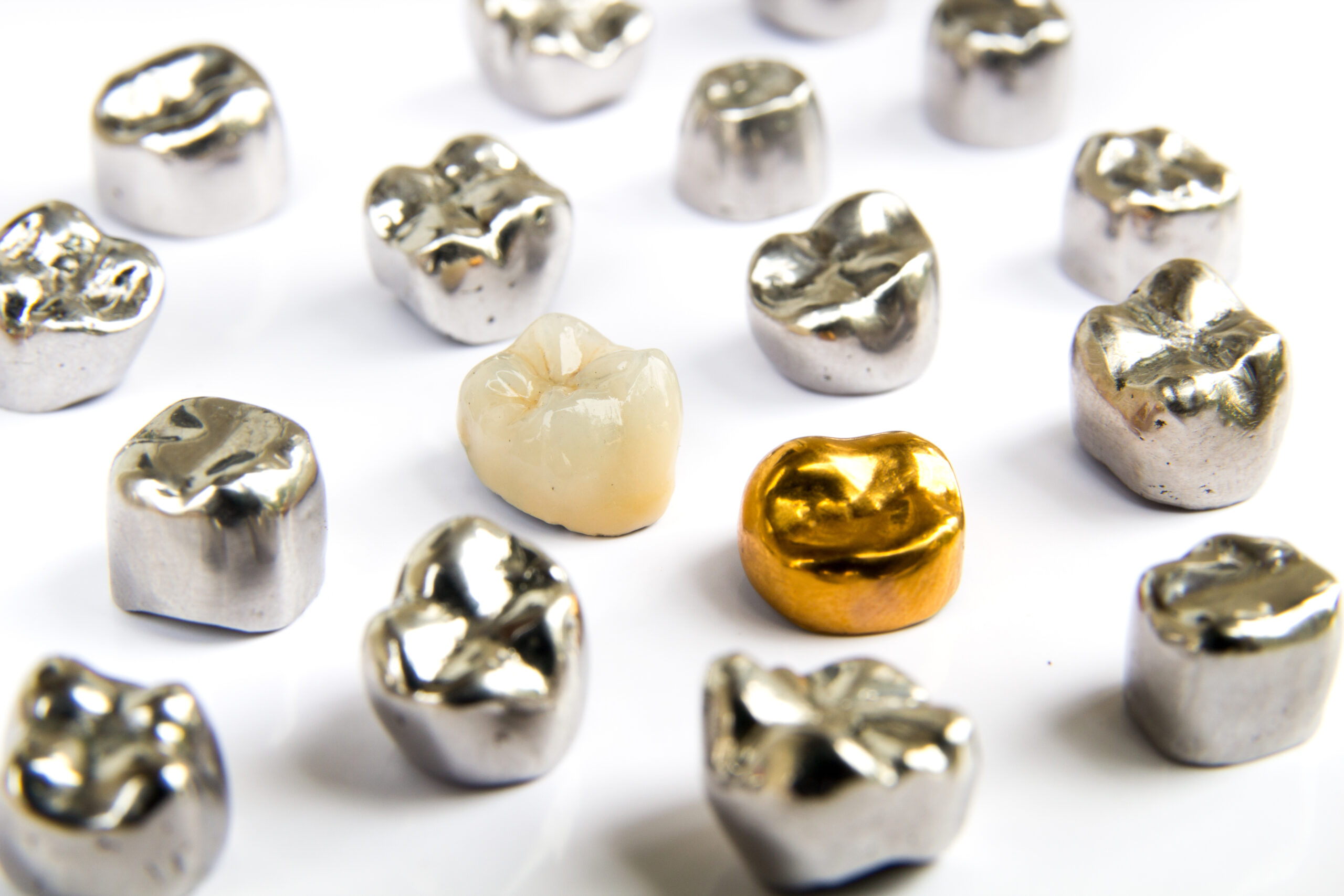
The Economics of Great Communication — Part 2
The steps I’m outlining here are not a list of transactional procedures. Rather, they are transformational life-changing concepts. My hope is that you will be as courageous and as excited to learn about how to be a better communicator as you are to learn about implants or smile design. If and when you do take the plunge, get ready to work hard and at the same time experience a more joyful and fulfilled life. Everyone in your life will benefit, and your practice will flourish. As I wrote in Part 1 of this blog, as a result of improved communication in my practice, an interesting thing happened regarding the practice income. Instead of “me chasing it, it chased me.”
Take a look at yourself with DISC Personality Assessment.
The first step to developing your communication skills is to take an up-front look at yourself. This can be a difficult step as you dive into investigating who you are and why you do the things that you do. One of the most beneficial things I did to help myself in this area was to take the DISC Personality Assessment. This detailed report helped me better understand myself, my personality style, and my motivation. Not only did it provide me with new information about myself, it gave me hope that yes, in fact, I could learn how to relate more effectively with others.
Gain insight into the personality styles of your team members.
Once I understood my personality style, I was then able to better connect with my team. I had each member of the team take the assessment to help them discover for themselves who they were and how they communicated with each other. This exercise proved to be an eye-opener for all of us.
This new personal insight was like an eyeglass prescription change. Instead of seeing each other’s faults, we were now able to more clearly see each other’s strengths and work together more harmoniously. Honesty, authenticity, and accountability became part of our daily lives. When conflict arose among us, instead of “burying it,” we resolved it.
As a team, we were able to see each other’s “uniqueness” rather than our “strangeness.” At this point, dentistry became more fun and productive; the practice income or “numbers” rose dramatically. Keep in mind that all this growth occurred before tackling the “transactional” details like appointment scheduling or collections.
Get to know and “connect” with your patients at a deeper level.
Next, we set out to better understand our patients: their needs, their wants, their fears, and their desires. We embraced the thoughts of Theodore Roosevelt who said, “People don’t care how much you know until they know how much you care.”
A few things we did to better connect with our patients included: being aware of our posture, our tone of voice, and the words we shared. We had training and developed our listening skills, asking more questions and talking less. Other changes we made included doing a thorough new patient exam and always keep the conversations focused on the patient. As Dale Carnegie would say, we became “interested” instead of being “interesting.”
Collectively, we agreed that we would not talk about ourselves unless the patient asked us. Additionally, we embraced the use of positive language. The phrase “no problem” was banned from the office.
Continually develop your “co-discovery” skills.
As a team, we committed ourselves to continuing education, seeking excellence in both our technical and communication skills. Our desire was to better understand the individual needs of each of our patients with the goal of helping them achieve optimal dental health.
We valued “helping our patients see what we were seeing.” We embraced the idea of “co-discovery” by asking thoughtful questions and involving them more in their dental examinations and treatment discussions. For example, we used the phrase “gum health measurements” instead of gum disease or gum pocket probing.”
We took intentional steps to make sure that our patients felt well cared for and well informed. We worked within our shared values that included timeliness, cleanliness, politeness, and technical excellence. “Inform before perform” and “quality is not a variable” became an important part of our practice culture. And when situations didn’t go as well as we had planned, we talked about it using AARs or “After Action Reviews,” a system developed by the U.S. Army.
Fine-tune systems after learning how best to work together.
Once we figured out who we were as individuals and how we could best work together as a team to serve our patients, we then started to delve into and fine-tune our systems. A sampling of some of the areas we developed included–patient greeting and check-out, telephone skills, collections, scheduling, morning huddles, staff meetings, job descriptions, and a personnel policy manual, to name a few. As we became better communicators, our office became a fun and more productive workplace. And as a side benefit, at the end of our work day, we had energy left to share with our families.
Let everyone know how much you care.
I’m asking you to be contrarian in your thinking. Instead of looking solely at the transactions of your practice, focus first on how you communicate with yourself and with others. And when you do, your life will never be the same. When you become a great communicator, everyone wins–you, your staff, your patients, your family, and your friends. And remember the quote from Theodore Roosevelt, “People don’t care how much you know until they know how much you care.”
Related Course
Today’s Top Clinical Tips: 2024
DATE: October 18 2024 @ 12:00 pm - October 18 2024 @ 4:00 pmLocation: Online
CE HOURS: 4
Today’s Top Clinical Tips: 2024 Dentistry is changing at a rapid pace. Being successful and efficient is about staying on top of the newest trends and clinical tips. In this…
Learn More>







The only thing that I find astonishing here is how rarely communication skills are even talked about never mind taught within the dental education world. Even more so considering the fact that the personality types that predominantly enter dentistry are often not the natural and most talented communicators. When I did essentials 1 at Pankey almost 30years ago they taught us basic personality types- and to this day it was one of the most useful and used things I ever learnt in dentistry.
Hi Stephen. I agree with you 100%. What I learned over the years is that everyone communicates, but only a few connect. I attribute this to a few reasons: 1. Lack of Self-Awareness or “Knowing Yourself.” 2. Lack of Communication Knowledge- Most CE that dentists take is clinical in nature, followed second by management. And fewer take courses on leadership and communication. 3. “Knowing Your Patient”- Genuinely wanting to know your patient’s fears, desires, and goals for their oral health. We all need to ask ourselves the question, “Do I want to connect with my patients?” This desire is really an issue of the heart. It’s one thing for us as dentists and our teams to have informed minds, it’s another thing for us to have engaged hearts. But here’s the deal . . . when you put the two of them together, you receive what I call the “triple crown” which is: joy, professional fulfillment, and financial success. Thanks for your comment. Rob Maguire